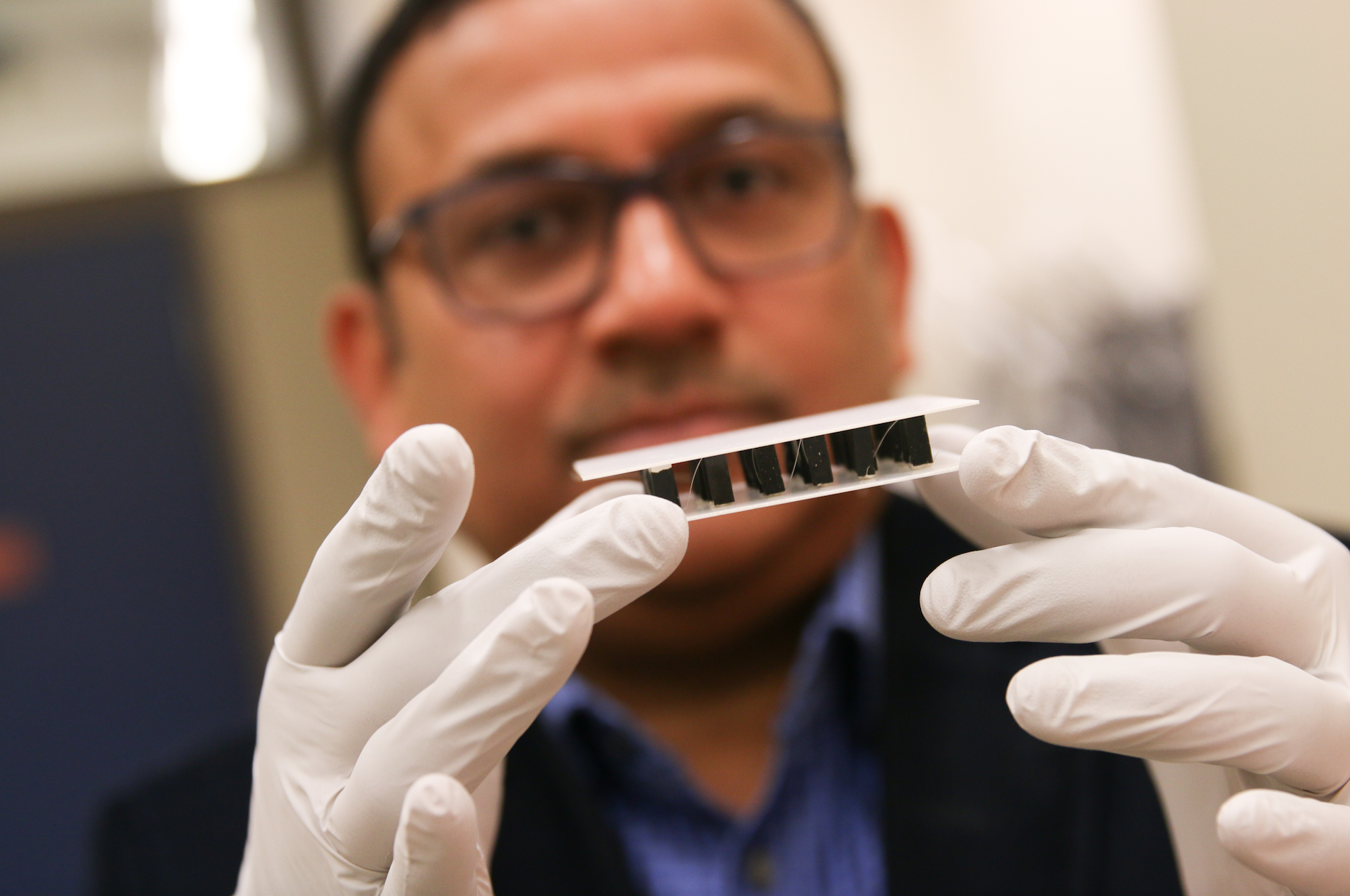A new 3-part initiative launched this month by the University of Utah S.J. Quinney College of Law Environmental Dispute Resolution Program aims to support the use of collaboration by agencies working on environmental and natural resource issues in the west.
The University of Utah S.J. Quinney College of Law Environmental Dispute Resolution Program has quietly been working to provide resources for effective collaboration and resolve disputes in complex cases since its inception four years ago.
The Environmental Dispute Resolution Program started as a pilot project. Unique among U.S. law schools, the program’s mission promotes collaboration, mediation, stakeholder engagement, and alternative dispute resolution as a way to address public policy conflicts. The EDR Program aims to bring people together to find solutions instead of solving problems in court. The program’s primary focus is to build capacity for collaboration. It is developing a series of collaboration case studies, highlighting best practices and lessons learned, and provides educational opportunities about environmental dispute resolution. It is also home to the unique EDR blog, which publishes guest-authored articles on a range of relevant EDR topics every other week.
Still a young program, the small staff also provide direct services on select high-profile environmental conflicts in the west, including cases involving sustainable grazing on public lands in southern Utah, facilitating the Escalante River Watershed Partnership, and conducting an analysis of homeless issues in downtown Salt Lake City, which resulted in adoption of the City’s homeless services strategy . The program director currently facilitates Salt Lake City’s Homeless Services Site Evaluation Commission. Their intervention and counseling has helped steer conversation on thorny topics into a more productive discussion, and fostered resolutions where once-divided parties can now agree and implement solutions together.
The program also carries out research and teaches courses related to environmental disputes to law students. The program issued a Report Card on the status of environmental dispute resolution in Utah, concluding that dialogue and collaboration among environmental agencies, municipalities, and other stakeholders shows promise. but is considered by many to be less than stellar.
That reality is one reason the program this month launched a new 3-part initiative with the goal of better fostering collaborative problem-solving around environmental and natural resource issues in Utah. The first part occurred recently, when more than 40 leaders from nearly 30 state and federal agencies gathered at the law school for a one-day “Forum on Collaboration.” The event, the first of its kind, allowed leaders to come together as peers to share their experiences and challenges with intra- and inter-agency collaboration, as well as collaboration with non-agency stakeholders. In addition, the Forum provided participants with tools needed to identify opportunities for collaboration and implement best practices.
Participating state agencies included the Division of Air Quality, Division of Water Resources, Division of Wildlife Resources, Division of Oil Gas and Mining, Dept. of Transportation, Division of Forestry Fire and State Lands, Governor’s Office of Energy Development, Dept. of Environmental Quality, Division of Water Quality, Dept. of Agriculture and Food, School and Institutional Trust Lands Administration, Governor’s Office of Outdoor Recreation, Public Lands Policy Coordinating Office, Division of Indian Affairs, and Utah Transit Authority. Participating federal agencies included the Bureau of Land Management, US Forest Service, US EPA, Federal Highway Administration, Natural Resources Conservation Service, National Parks Service, Bureau of Reclamation, US Geological Survey, US Fish and Wildlife Service, and Bureau of Indian Affairs.
The event was co-sponsored by The Langdon Group, a consulting firm with offices in Utah and Idaho that specializes in public participation, mediation, facilitation, and organizational conflict management.
Forum participants were welcomed by Gov. Gary Herbert and Alan Matheson, director of the Utah Department of Environmental Quality, and heard from a keynote panel consisting of Greg Bell, former Lieutenant Governor and a former member of the Utah State Senate, and Rich McKeown, former Chief of Staff under Gov. Mike Leavitt in Utah, as EPA Administrator and US Health and Human Services Secretary.
“This is a unique opportunity to explore our shared challenges in dealing with environmental and natural resource issues,” Herbert said in his welcoming remarks “We know that effective collaboration is essential to finding solutions.”
In addition to the Forum, efforts to better foster collaboration will continue in coming months with Quarterly Dialogues that will reunite participants of the recent Forum and other stakeholders to delve more deeply into specific challenges. An applied learning opportunity titled “The Effective Natural Resources Collaboration Short Course” will be offered by the U’s EDR Program to provide skill-based training on collaborative problem-solving to agency staff and other stakeholders grappling with difficult environmental and natural resource controversies.
“Environmental and natural resource issues are scientifically, politically, culturally and emotionally complex and occur in an atmosphere that is often adversarial,” EDR Program director Straube noted. “The 3-part initiative is a comprehensive approach to help bridge differences brought to the table by various interest groups connected to environmental and natural resource issues, and build capacity for collaborative problem-solving.”
“Government agencies are tasked with navigating these complexities while non-government interests are increasingly demanding a ‘seat at the table,’” added Dan Adams, principal of the Langdon Group. “There are many commonalities between the success and failure of complex, multi-agency projects in Utah. Specific collaborative actions can radically increase the probability of success and the timely completion of a project.”
Straube noted that she is pleased the Environmental Dispute Resolution Program is moving forward with efforts to increase collaboration among agencies in a time when the west finds itself increasingly entangled with legal disputes over environmental and natural resource issues.
“We are excited to be both a leader and a resource to agencies and communities trying to decipher challenging issues,” she said.




